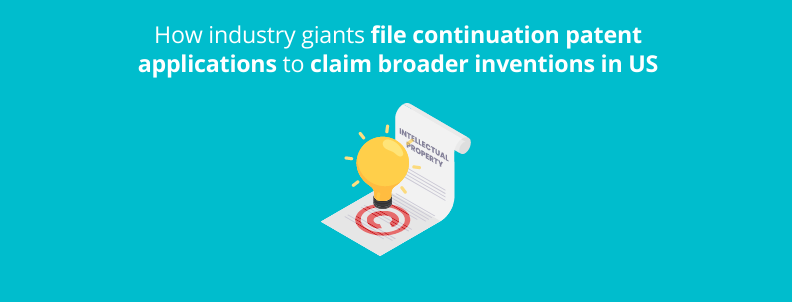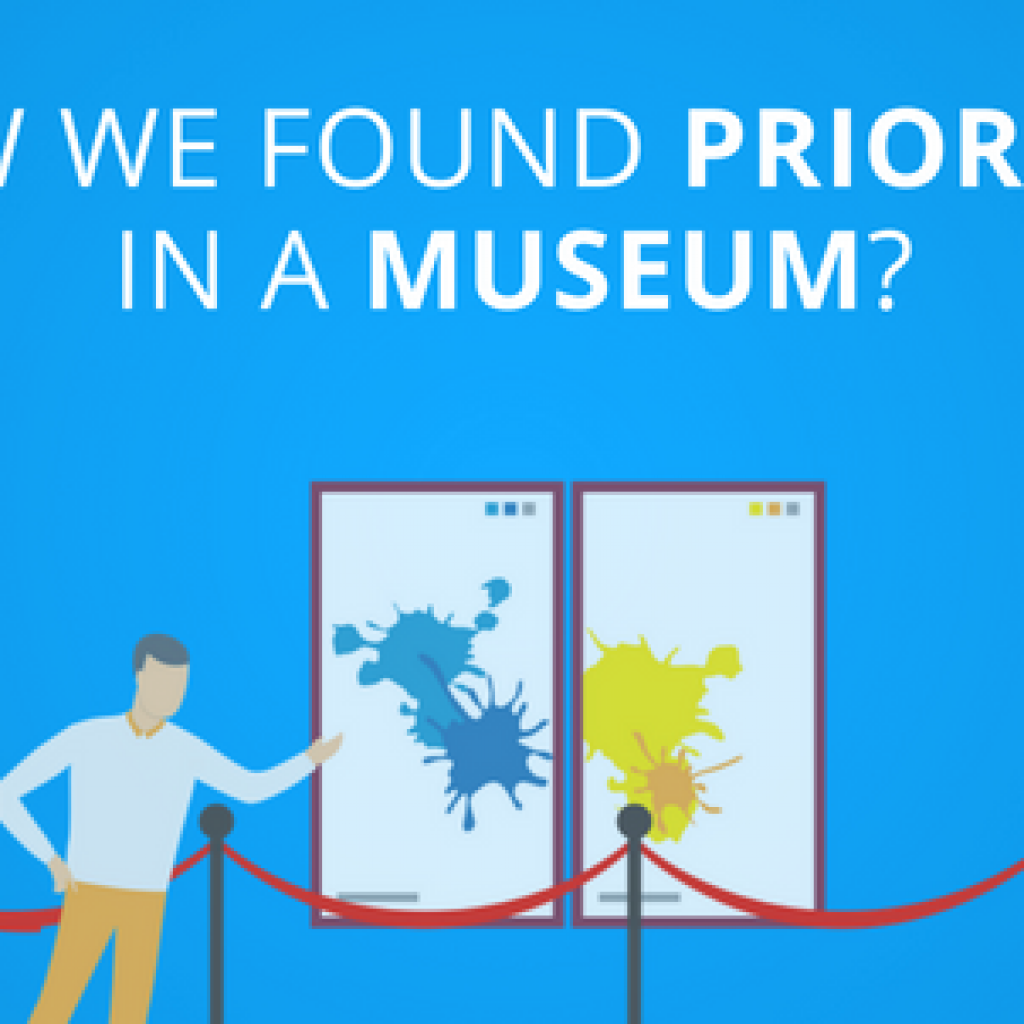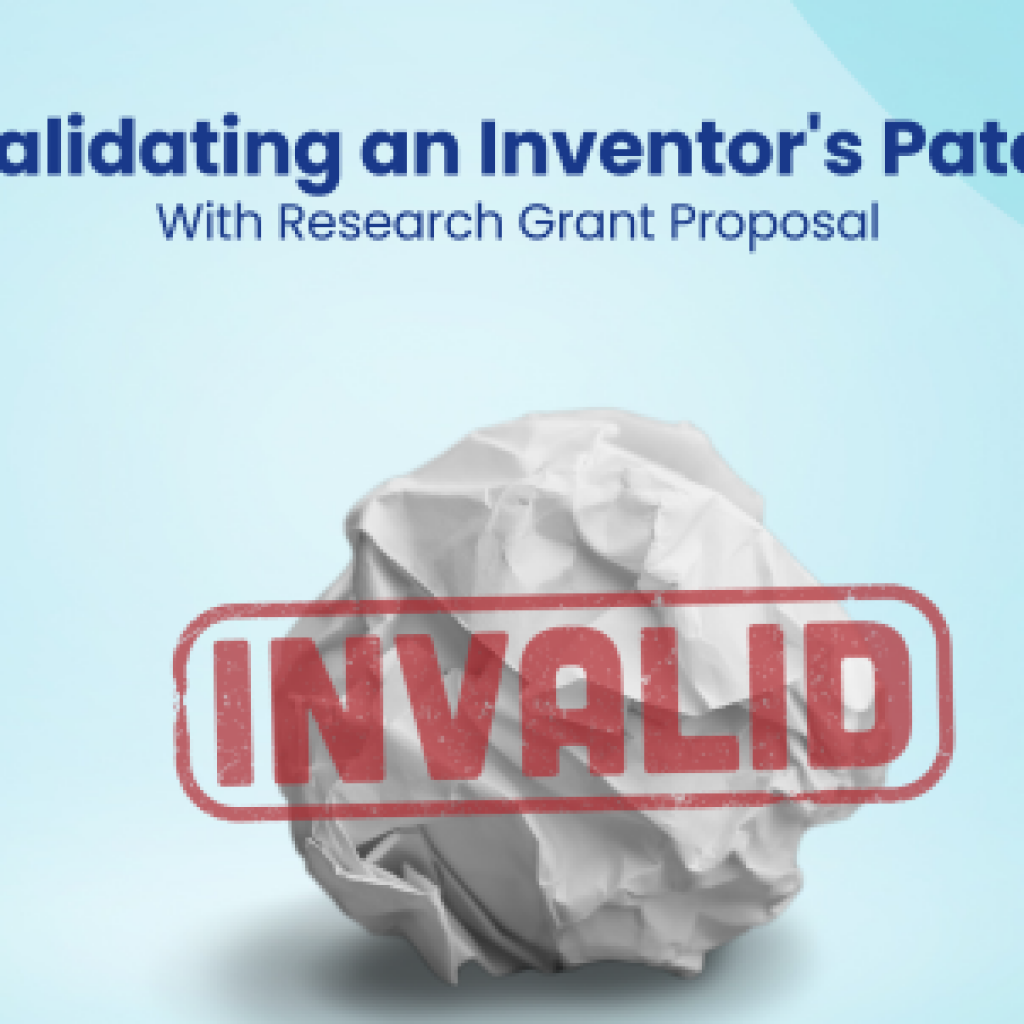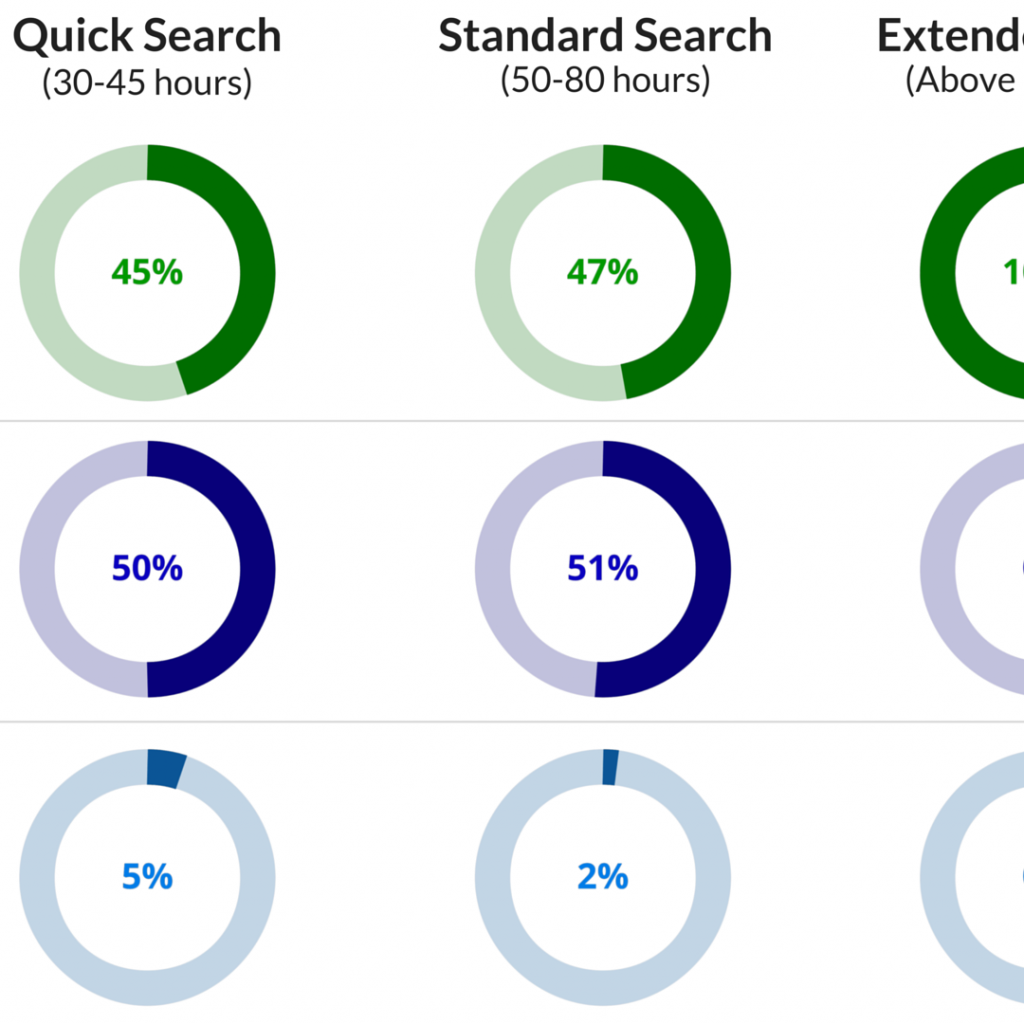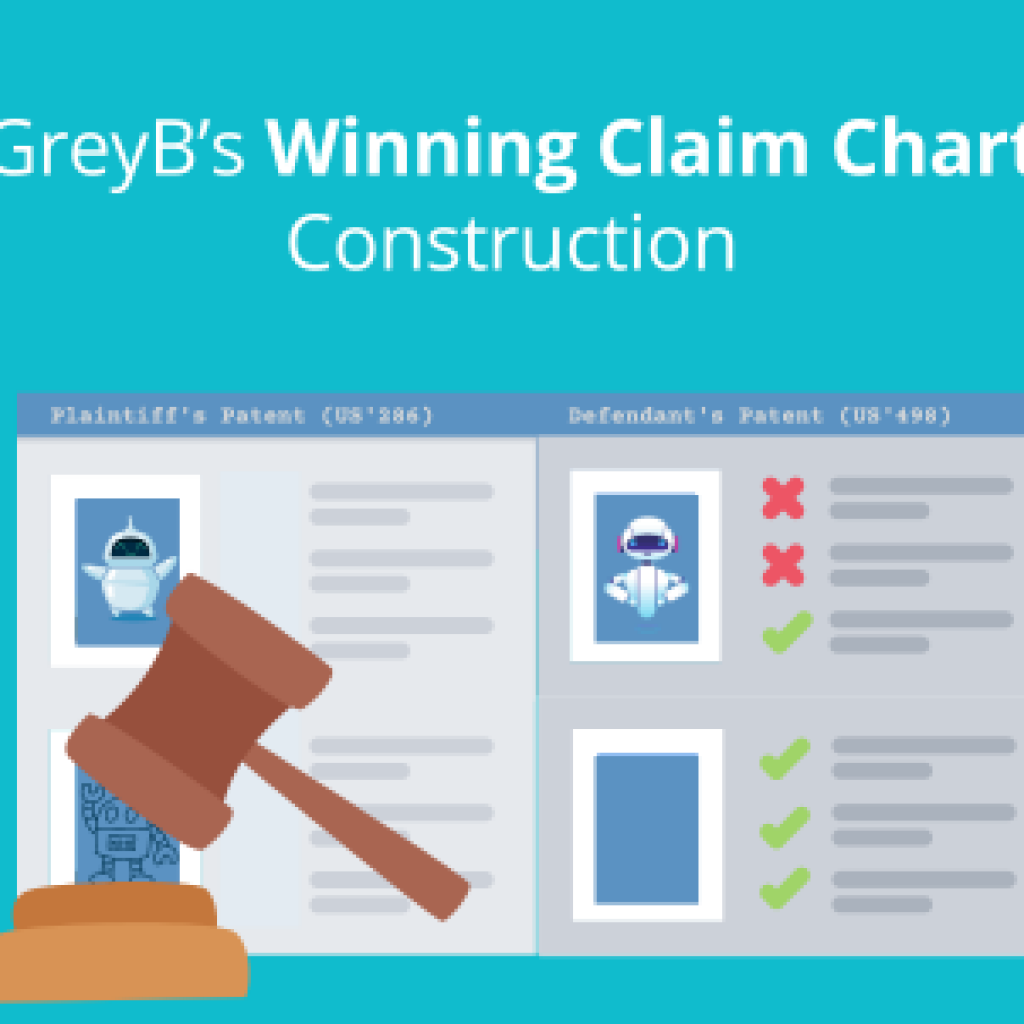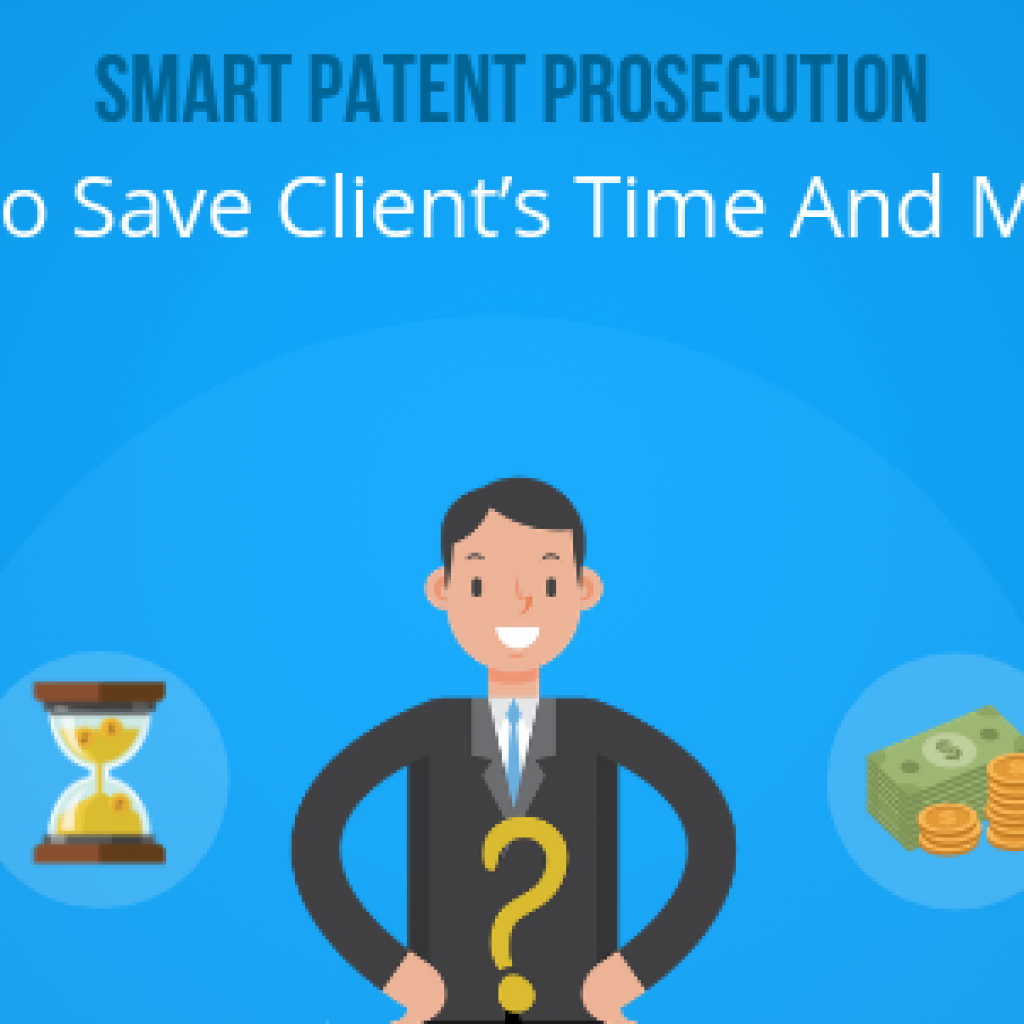The patent prosecution process is a battle on its own, much akin to the patent owner and the examiner playing a game of chess. Each of them plays moves by not just reading the other one’s last move but also anticipating their next. As a result, many law firms and companies employ sophisticated strategies to receive grants on various patents promptly and claim broader.
Over the years, we have discovered many IP strategies. Last year, we uncovered how American multinational companies strategize their trademark filing. In a few cases, we try to study how popular patent strategies are being used by companies. Recently, we saw an interesting pattern in the patent filing of various industry giants, like Apple, Ford, Nestle, IBM, etc. specifically in the filing of continuation patents. Though people have been talking about such a strategy for a long time, we thought to spend some time inside the data and see what comes out.
So what did we find?
Ideally, companies start with a broader claim while filing a patent. And during the prosecution, the claims are narrowed down (amended) to overcome rejections. Therefore, the first member of the family will have the broadest claims. But our data projected an anomaly, which made us think, “why would anyone limit the scope of search unnecessarily and add it in the continuation patent application?”
Now, we all know that as difficult as it is to get a patent with broader claims granted they are good for the business. And it seems that these companies have found a trick.
How did we collect, examine, and evaluate the data?
Before we go into the details, I must share that this analysis may not be a super thorough one, and of course, has room for improvements. However, it is enough to bring into the light a trick that every portfolio manager may have up their sleeve. We heartily welcome your comments and feedback about it, feel free to share them in the comment section.
Moving ahead, we evaluated the data on some basic parameters such as:
- Considering only granted parent-child (continuation) pairs and provisional applications were not included.
- Considered the earliest continuity pair of both Parent and Child are granted. In case either one is not granted, the next immediate pair sorted by filing date was selected. However, we included subsidiaries provided by commercial third-party databases to increase the data set and make it a bit more accurate.
- Patents filed by subsidiaries of patent assignees (corporates) provided by commercial third-party patent databases through corporate data trees were also considered.
How did we use this data?
Well, we started with identifying the parent-child pairs with a child patent having claims broader than the parent. We took the word count as a direct measure of the scope of the claim. While some may argue about the technical correctness of this assumption, I feel this gave us a rough idea of:
- What we were looking for
- Why we were looking at direct family members – because the specifications will be the same. No added content.
- The subsequent maps were plotted when we segregated the parent-child pairs as:
- The child with Broader claims than the parent
- The child with a Narrower claim than the parent
Our Observations
We selected some prominent players from 5 different industries- Apple (Tech), Schlumberger (O&G), Ford (Automobile), Nestle (F&B), and IBM (Data processing and semiconductor).
Going through the patent portfolios of these companies, we realized that a significant number of broader child applications have been filed and granted after getting a narrower grant since 2012. The charts below can help you see the inclination of corporations towards this filing strategy.
Continuation patent application filing of the industry giants

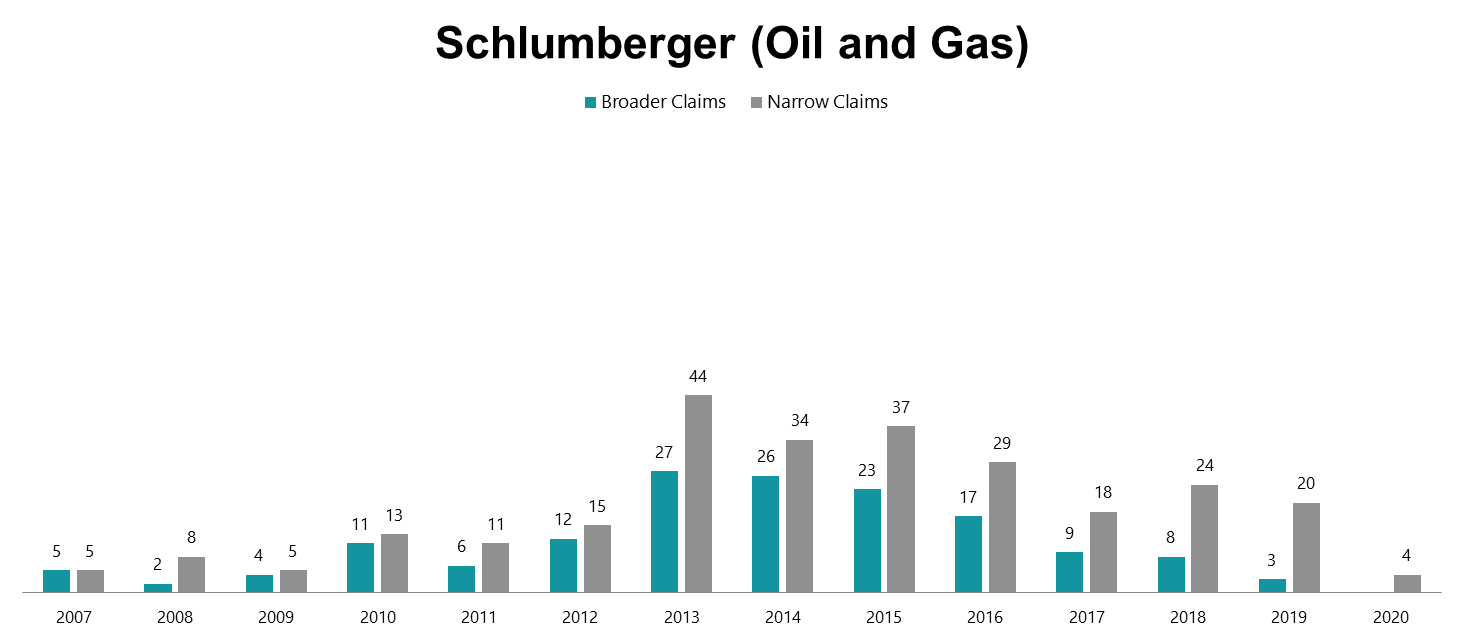



Food for thought: So are big corporations giving the first win to USPTO to get a win-win type of situation or is this just a major coincidence?
Either way, data suggests that the strategy seems to work almost every time. Plus, the publication trend indicates that the prosecution time taken to win allowance by the continuation patent application (with broader claims) is less as compared to the parent application.
Prosecution time of Continuation Patent Application of the Industry Giants

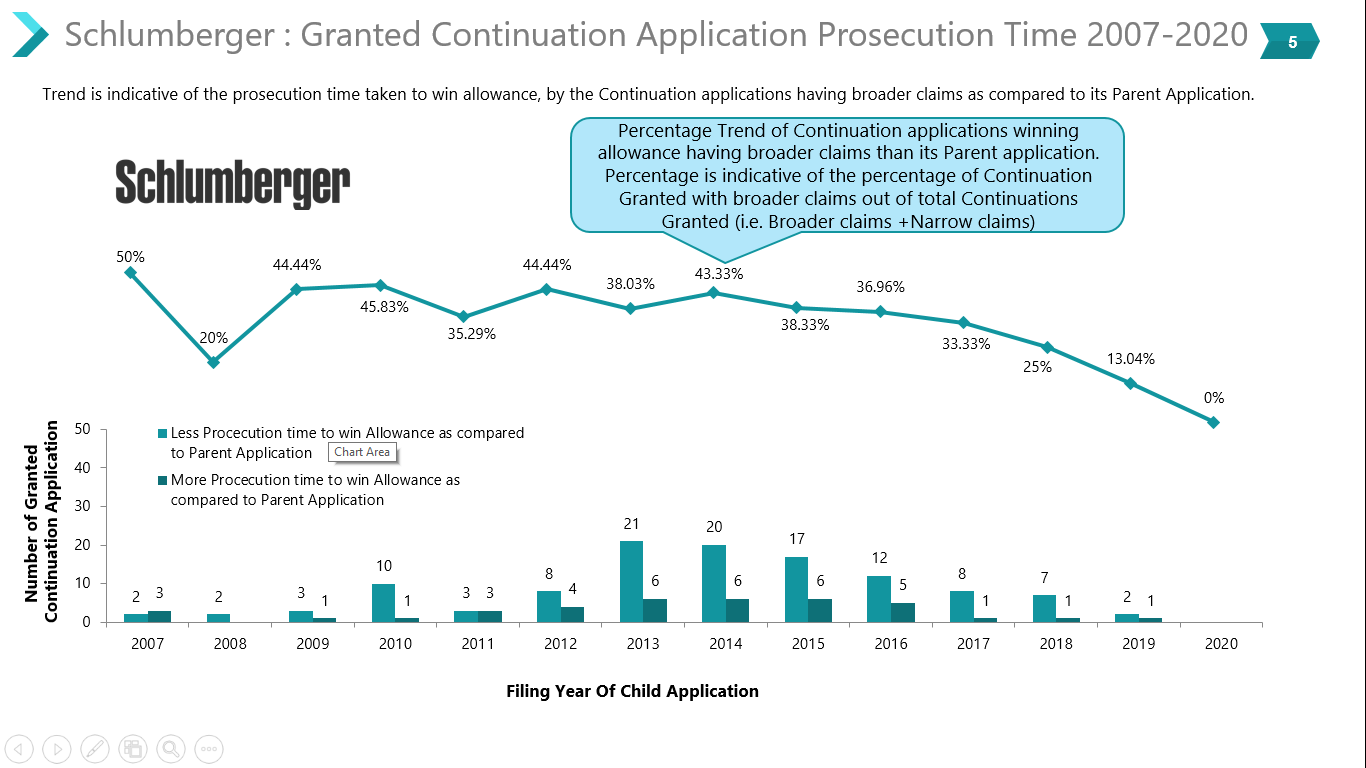
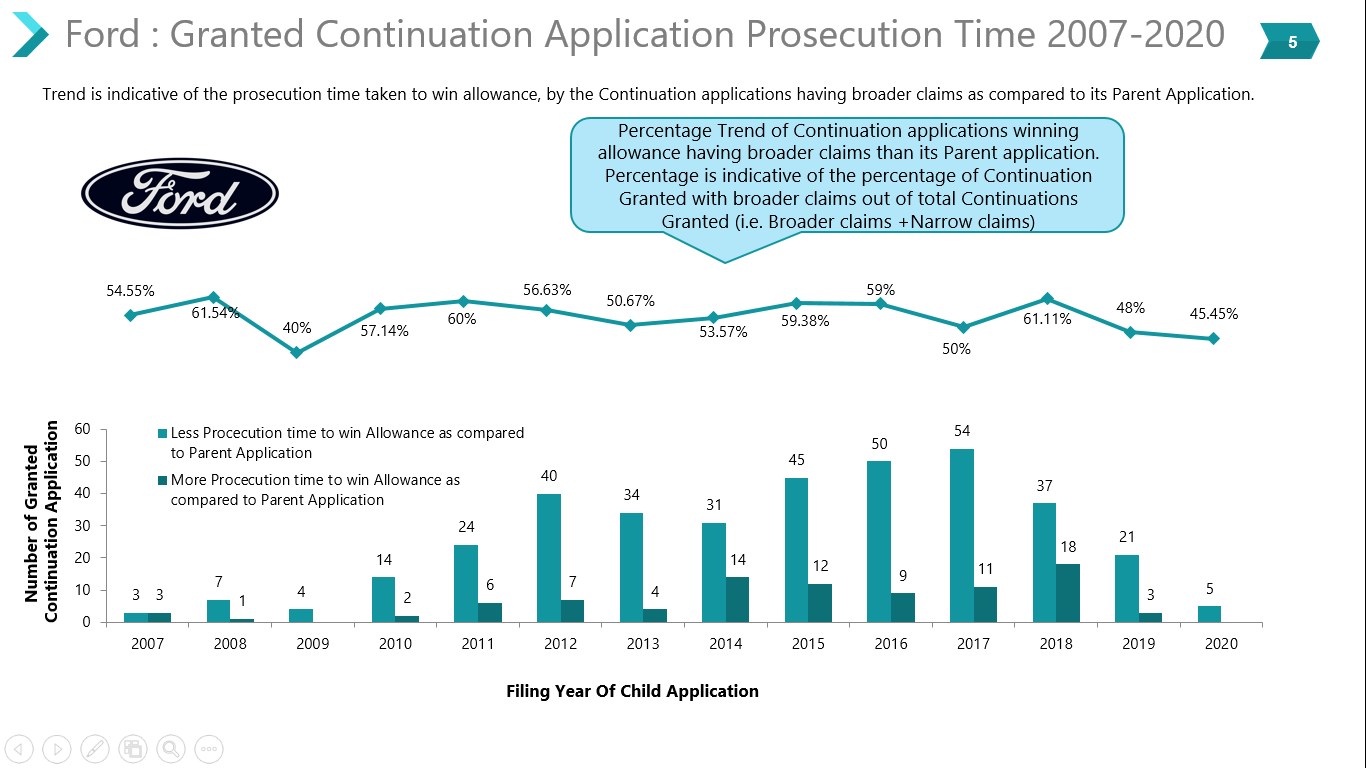
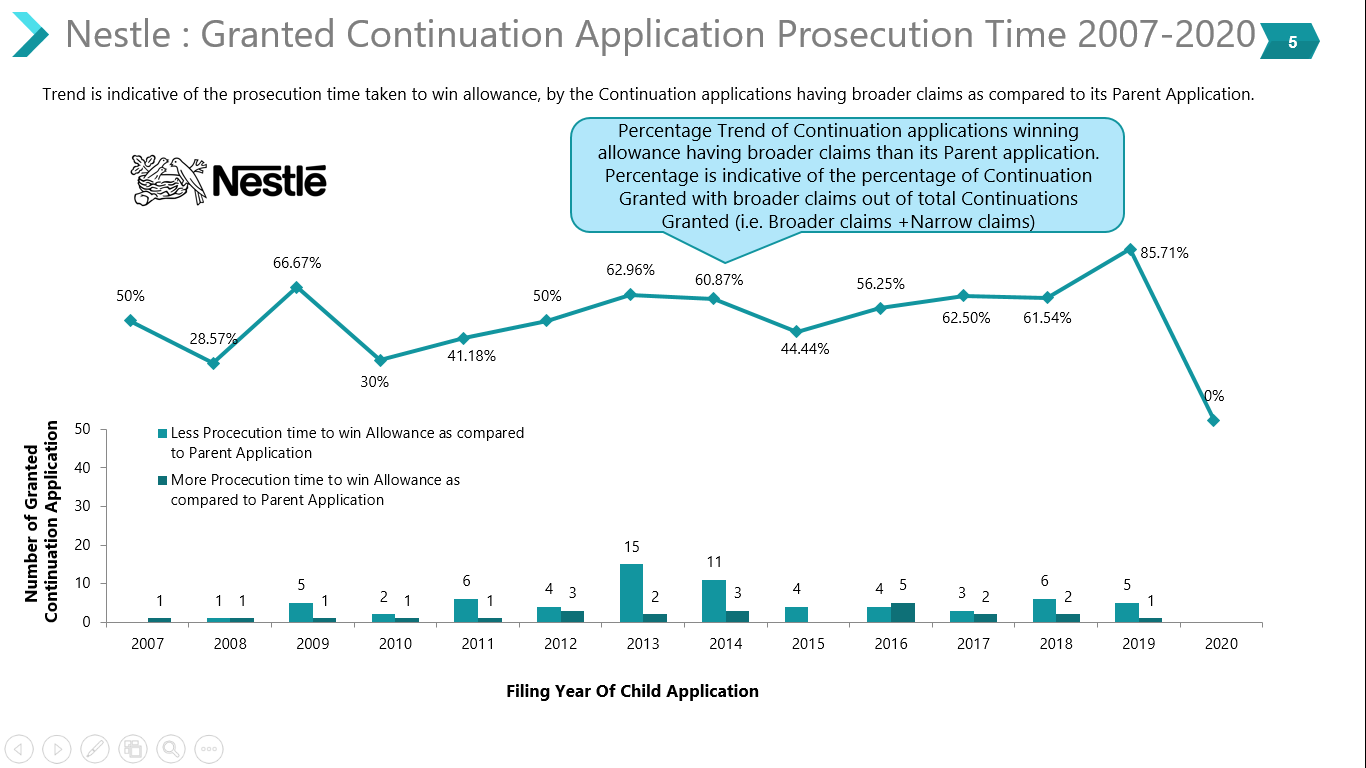
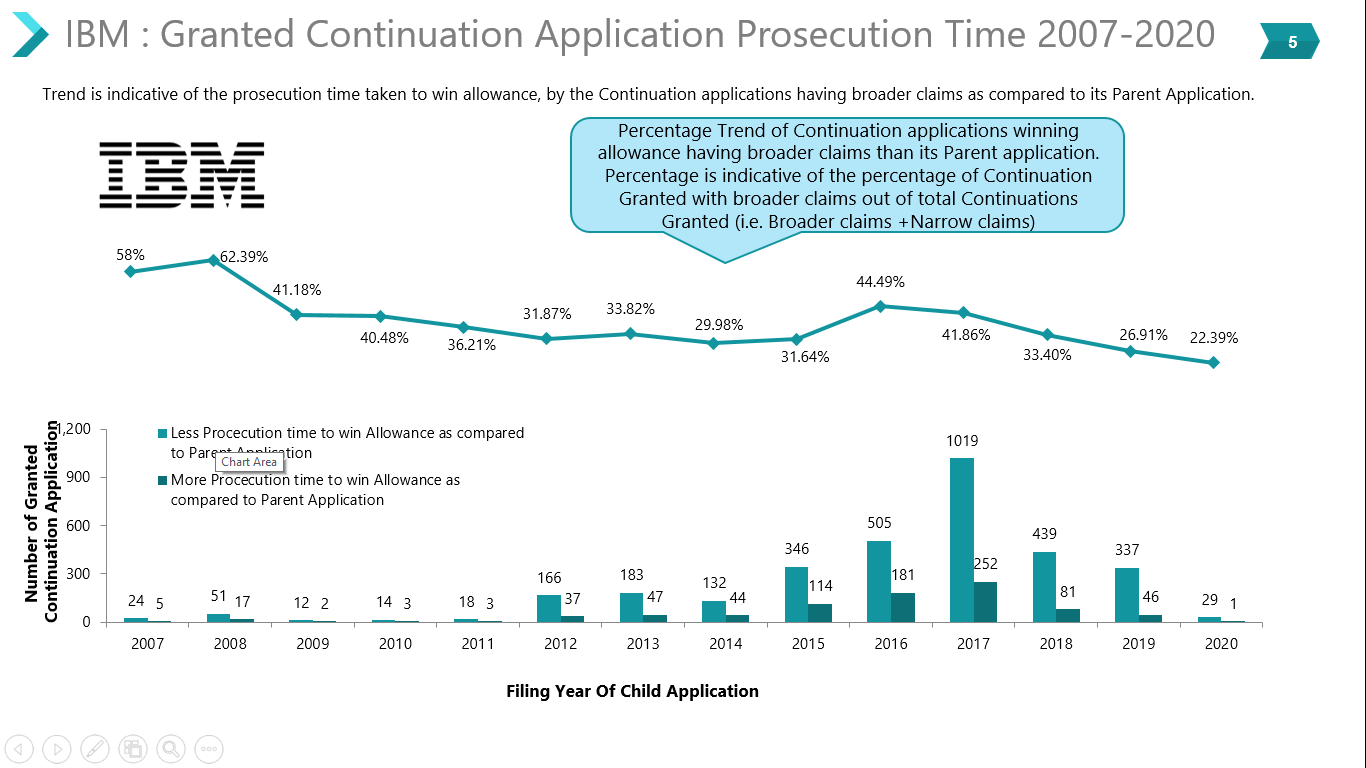
Conclusion
The results provide anecdotal evidence that companies are successfully using this tactic. It also seems that the use of this strategy creates a win-win situation. Organizations are getting more patents (thereby boosting the morale of inventors for the patent ecosystem) without losing the scope. And when a parent has already been granted, the USPTO examiners seem to take less time to prosecute the continuation patent application.
While I honestly don’t believe that the situation is as linear as it appears to be. A lot of other factors like drafting, choice of word, etc. should be playing their part. Ideally, the overall scope of claims of a direct patent family should be the same. Now if for some reason it appears to be varying – a deeper analysis is needed.
Have you used this strategy before? If not, what do you think about it? Let us know in the comments below!
Authored By: Anirudh, Solutions
Edited By: Nidhi, Marketing

